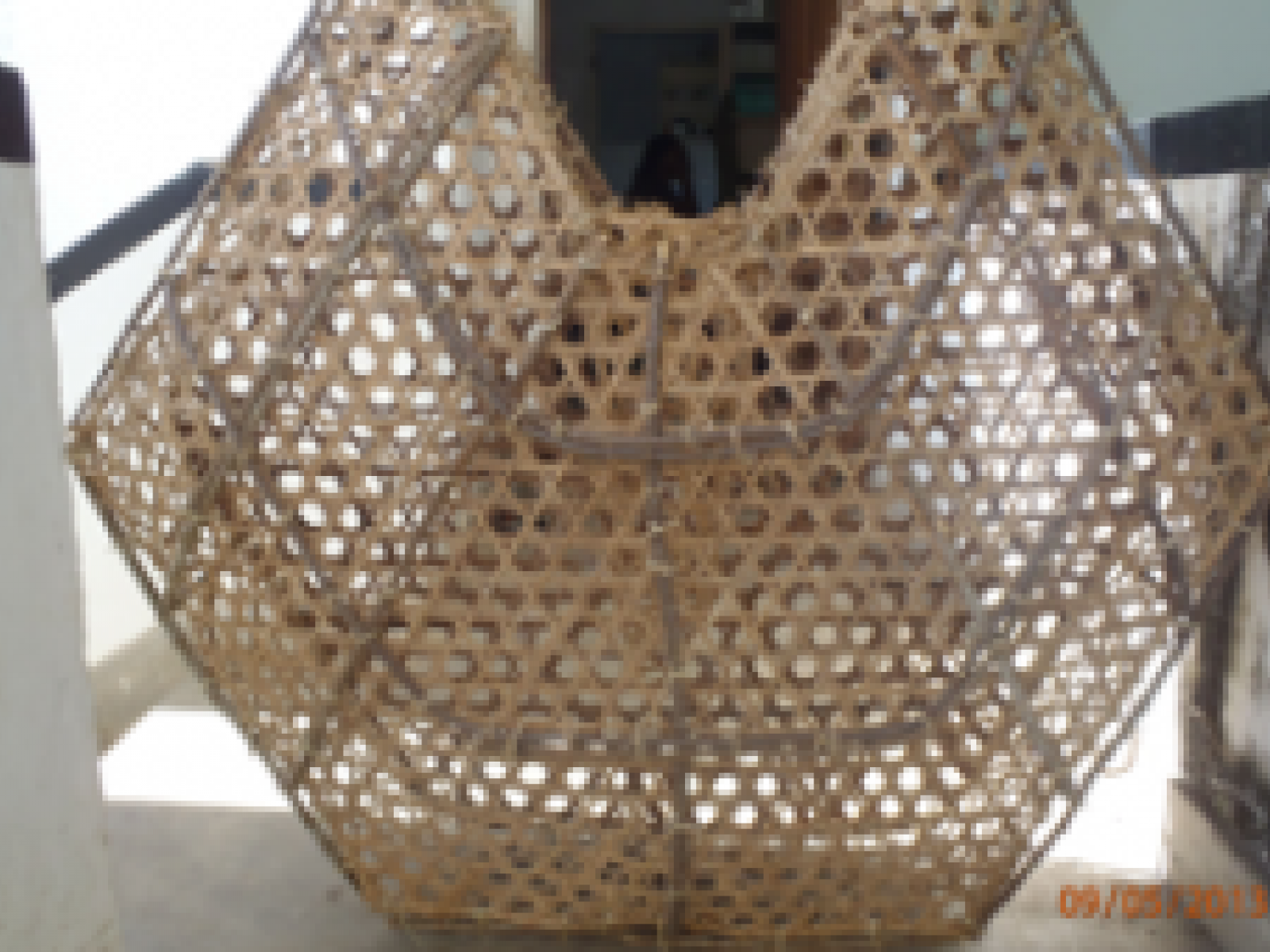An Overview Of Our Solution
- Population Impacted:
- Continent: Afrika
Describe the problem
In Antongil Bay, Madagascar, conflicts occur between poor artisanal fishers and industrial fleets whose fishing zones overlap. Fish populations and their habitats have been damaged by illegal activities and use of destructive devices such as beach seines and trawlers and by the conversion of mangroves into pasture or rice fields. A holistic approach to address the problems of Antongil Bay from ridge to reef was chosen. Central to this is the creation of a platform for dialogue (called by its French acronym PCDDBA), involving all stakeholders. This is the first time such a platform is being used successfully in Madagascar. It creates an environment that allows and encourages all stakeholders to work together towards a program of sustainable management of marine and coastal resources.
